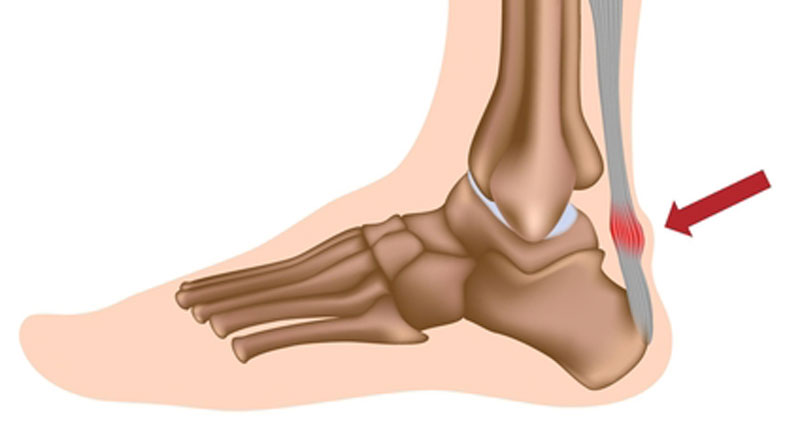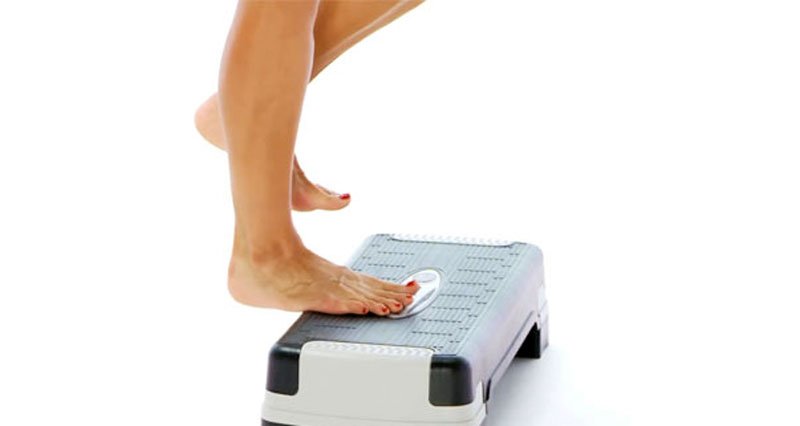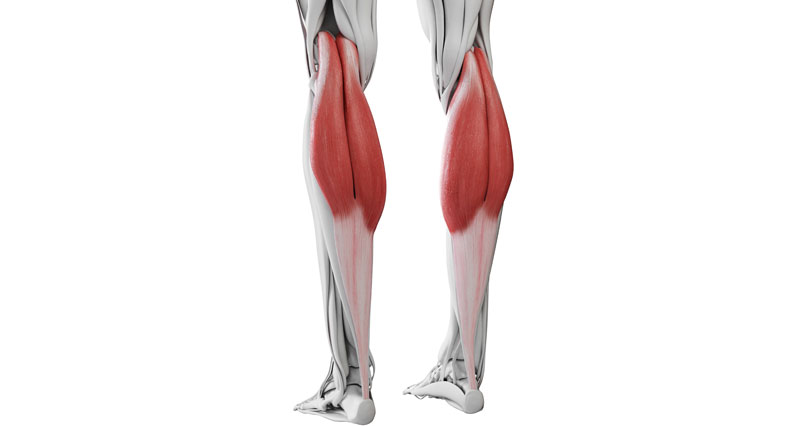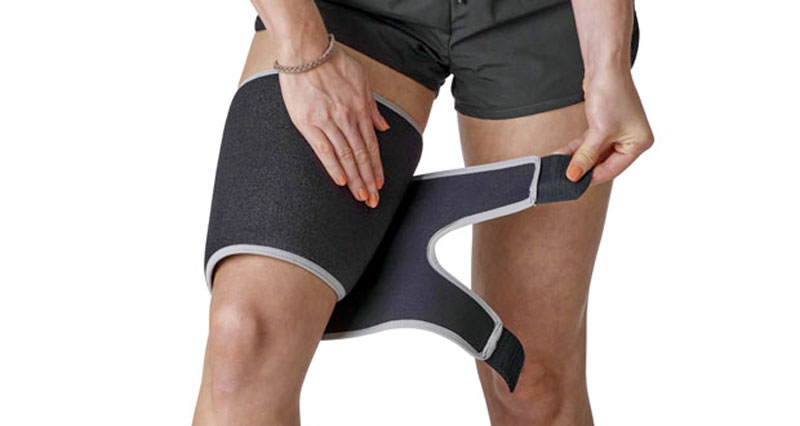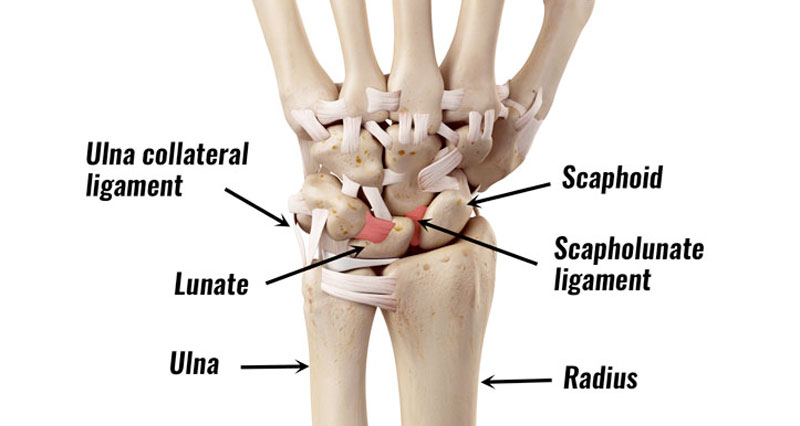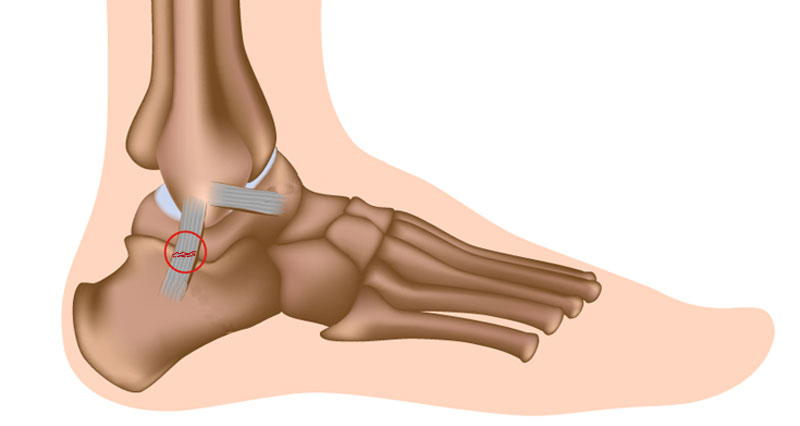The following thigh stretches form part of our rehabilitation programs for hamstring, groin and quadriceps strains. They are also great to include as part of your normal training routine.
Medically reviewed by Dr Chaminda Goonetilleke, 21st Feb. 2022
Front thigh stretches
These stretching exercises are some of the most recognised and commonly used stretches and are especially important for recovering from quadriceps strains and thigh contusions. They stretch the four quadriceps muscles, (vastus medialis, vastus lateralis, vastus intermedius, and rectus femoris).
Standing Quadriceps Stretch
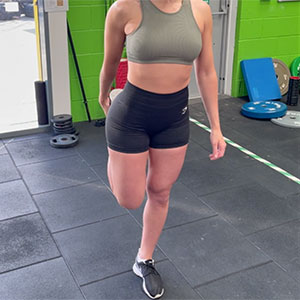
Stand on one leg and pull the other foot up behind your bottom. Keep your knees together and push your hips forwards to increase the stretch.
Pushing the hips forward increases the stretch on the larger rectus femoris muscle which crosses both the hip joint and the knee joint (known as a biaxial muscle).
Hold for between 10 and 30 seconds. You should feel a gentle pull on the front of the thigh but it should not be painful.
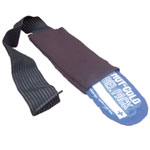
Cold Therapy Wraps
Kneeling Quad Stretch
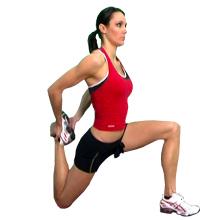
This gets an even greater stretch for the Rectus Femoris muscle as well as an increased stretch on the iliopsoas muscle.
However, don’t perform this stretch if you have any kind of knee injury, as it is pretty hard on the knee.
- Position yourself with one knee on the floor and the other leg out in front with the knee bent and the foot flat on the floor.
- Grasp the ankle of the back leg behind you.
- Lean forwards from the hips and at the same time pull the ankle towards your buttocks. When you can start to feel a stretch in the front thigh, hold the position.
- Hold for 20-30 seconds and repeat at least twice.
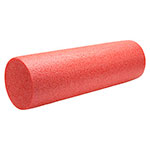
Foam Rollers
Back thigh stretches
These exercises stretch the hamstring muscles at the back of the thigh. The hamstring muscle group consists of the Biceps femoris muscle, Semitendinosus,
Isometric stretches are where a stretched position is held with no movement, other than to increase the stretch as required. Dynamic stretches are performed with a relaxed swinging type movement and are more functional or sports-specific. PNF stretches involve alternating contracting the muscle with relaxing and stretching it.
Standing Hamstring Stretch
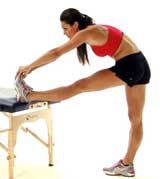
This is a convenient stretch if the ground is cold or wet.
- Place the leg to be stretched on a bench or similar.
- Lean forwards, relaxing into the stretch.
- Hold for between 10 and 30 seconds.
Sitting Hamstring Stretch
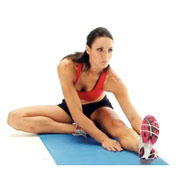
This is probably one of the most commonly performed hamstring stretching exercises. The benefit of stretching in the sitting position is you can completely relax when stretching.
- Sit on the floor with one leg straight.
- Keep your back straight as you lean forwards through the hips.
- Hold for between 10 and 30 seconds.
Partner Hamstring Stretch
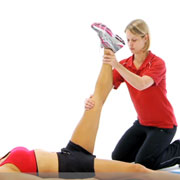
The hamstrings are probably the most commonly tight muscles and this can contribute to lower back pain.
- Lay on your back.
- Lift one leg off the floor, keeping the knee straight.
- Get your partner to push it higher until you feel a stretch.
- Hold for between 10 and 30 seconds.
Dynamic thigh stretches – hamstrings
The following dynamic hamstring stretching exercises are particularly important in the later stages of a hamstring strain rehabilitation program.
Dynamic thigh stretching involves gently swinging the leg into a stretched position. Ensure the leg is relaxed at all times and the stretch is not forced.

Foam Rollers
Perform 3 x 10 reps gently swinging the straight leg as high as is comfortable. It may help to put the free hand over the swinging leg as a target and possibly trick the brain into thinking it is safe to swing the leg.
Active straight leg raise
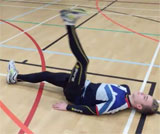
Begin active straight leg raises from lying on the floor. The athlete lifts the injured leg up as far as it will go within the pain-free range and then lower it again.
Perform 3 sets of 10 reps once or twice a day. Try to get a more dynamic movement with this exercise and aim to gradually straighten the knee as flexibility allows.
Cycling upside down
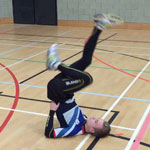
Cycling exercise lying on the floor. The athlete lies on their back and supports their hips up in the air with their hands whilst performing a cycling action with the legs.
Dynamic walks
The athlete walks forwards whilst kicking the straight leg up in front of each step to get a dynamic stretch in the muscle.

The leg swings should be controlled and not forced, always within the pain-free range of motion. Perform 3 sets of 10 repetitions once a day. This exercise should be done for at least 2 days without any pain.
The athlete has completed all hamstring stretching


